It seems an aeon ago, the press night of Moulin Rouge, on 26 November. Since then, there has been illness, Omicron, temporary closure, but the show goes on.
Moulin Rouge the stage musical is the inspired re-hash of the movie made 20 years ago with Nicole Kidman and Ewan McGregor gazing with lascivious rapture at each other as she tries to save the glories of bohemian Paris and Jim Broadbent is the ringmaster who keeps all the can-cans and desperation-fueled decadence going to the tune of effervescent pop songs in a roller coaster of jukebox familiarities. The stage musical directed by Alex Timbers has the same kind of populist irresistibility with a slight difference of inflection. Luhrmann’s pulsating theatricality – the way everything he’s ever done tilts towards the condition of musical comedy (Australia, say, maybe even The Great Gatsby) somehow looks less of an obsessive lurch when the fruits of the vision are co-ordinated by a different directorial hand. And Moulin Rouge is a sumptuous bit of theatrical splendour dominated by the magnificence of Alinta Chidzey as the lead, transfiguring what might be the merest romantic pose into a thing of vibrant reality and Simon Burke in magnificent form as the ringmaster, the Jim Broadbent role.
The La Traviata plotline, the supreme poignancy of the sex worker with a beating heart which is going to stop (a scenario that shapes not only Verdi but Puccini’s La Boheme) is a failsafe one and the combo of the dancing and prancing, the flaunting and full-throated ease of the Moulin Rouge, is bound to be a crowdpleaser when it is fuelled by such a ferris wheel of jukebox musicality that the mind scarcely has a moment to apprehend the dramaturgy because the surprise of what the next shock of recognition will be delights the palette like the most tasty yum cha imaginable.
All of this is – to change the metaphor – like an enchanted unwrapping of fortune cookies. It’s one thing to have a medley that includes ‘Diamonds Are Forever’ and ‘Diamonds Are A Girl’s Best Friend’ or even Dylan’s surge of negativity from a wholly different world in ‘It Ain’t Me Babe’ but it takes the breath away that Burke can oversee a classic rendition of Sia’s ‘Chandelier’.
Younger members of the audience will be tickled by this as if the contemporary pop world had more magic in it than they knew while the old timers will acknowledge the newer stuff they don’t know, or dimly know, as a running river of harmless merriment.
It’s fascinating, though, and transformative, it’s some kind of uncanny metamorphosis to have an artist of Anita Chidzey’s range of expressiveness, her unusual virtuosity, but also her power to shift the variegated colours of emotional experience as Satine. She has enormous poise as a performer and as the character she is embodying but it’s extraordinary – as has been pointed out – that she can turn a Katy Perry song into a complex and haunting evocation of vulnerability. Chidzey gives a magnificent performance through a tremendous hall of mirrors reflecting distraction and luminescence and grace, and should be seen by everyone who cares about the theatre, musical and dramatic.
The logic of Moulin Rouge is to take a chocolate box show and then to find the magic, as well as the realism, in the most predictable elements. It plays on the fact that so much of pop music is catchy and filmable without having a great deal that’s going to prove durable to the ear. It takes these tunes and proceeds to reconfigure them not as pretexts for video but as invitations to reimagine them as unpredictable moments of drama. You may thrill at the ride with Beyoncé but very weird and wonderful things can happen when Rhianna’s ‘Only Girl (In The World)’ becomes the anthem of a creep via Andrew Cook’s Duke. Des Flanagan doesn’t equal Anita Chidzey but his Christian has a likability and creates an automatic sympathy which is entirely appropriate.
This Moulin Rouge is a more controlled bit of fol de rol than the movie that inspired it and there’s real art as well as an extra brilliance of artifice in all the trapezery and fanfares. If you take your boyfriend or girlfriend to this they may well conclude that it’s rubbish, but they are likely to feel a bit bubblier, a bit fresher, a bit glad.
At the penultimate moment of the Australian Open when Ash Barty had her expected triumph, the whole country seemed more than a bit glad. Among the famous, Russell Crowe and Danni Minogue were cheering her on and then there was the sports royalty. Everyone thought Evonne Goolagong Cawley was not well enough to present her fellow indigenous tennis star with the trophy but she was and did. Cathy Freeman was there too, cheering on a fellow countrywoman in every sense. It did something to take away the taste that had been in everybody’s mouth since the impacted stuff up of the Djokovic case where all parties seemed diminished.
That sense of a world coming good was further magnified by Rafael Nadal’s victory the following night. The crowd were with the fifteen time winner of the French Open for the whole five and a half hours of the Homeric struggle against the lanky rather dorky Medvedev who played with extraordinary concentration and economy. Gradually Nadal started to play better and there was that wave of hope against hope though victory came only at 1.10 in the morning. It was a moment that seems to have lifted the heart of the entire nation and person after person you spoke to had found themselves captivated by it in the middle of the night. There was a deep enchantment in the fact that this was happening in a Melbourne that had been so locked down and confined.
Anyone looking at the new Julian Fellowes series The Gilded Age might wonder if the author of Gosford Park – in Robert Altman’s hands a genuine masterpiece– and Downtown Abbey has lost his ability to enchant by going to America. You miss the panache of British acting which Scorsese relied on in The Age of Innocence with Daniel Day-Lewis et al.
Got something to add? Join the discussion and comment below.
Get 10 issues for just $10
Subscribe to The Spectator Australia today for the next 10 magazine issues, plus full online access, for just $10.
You might disagree with half of it, but you’ll enjoy reading all of it. Try your first month for free, then just $2 a week for the remainder of your first year.

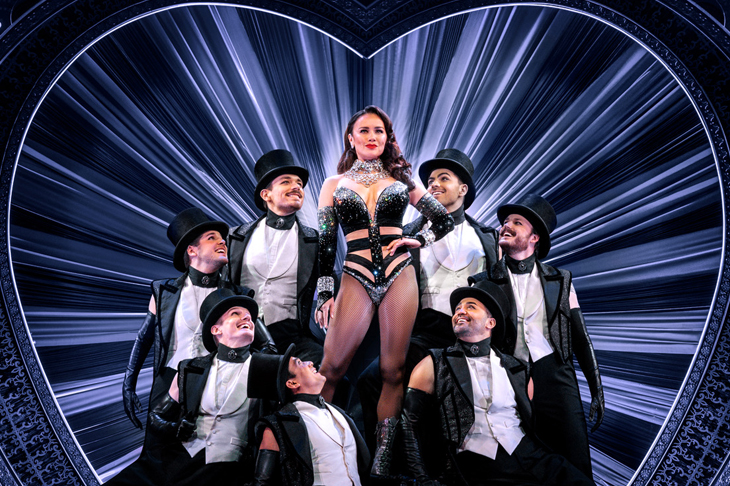
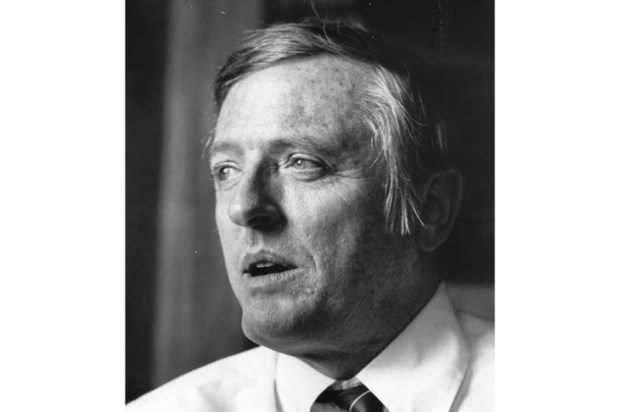
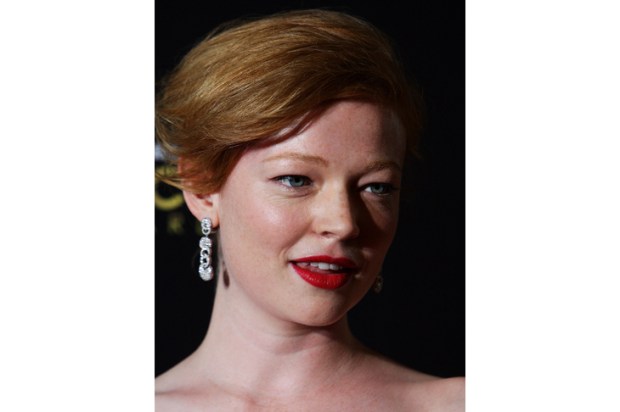
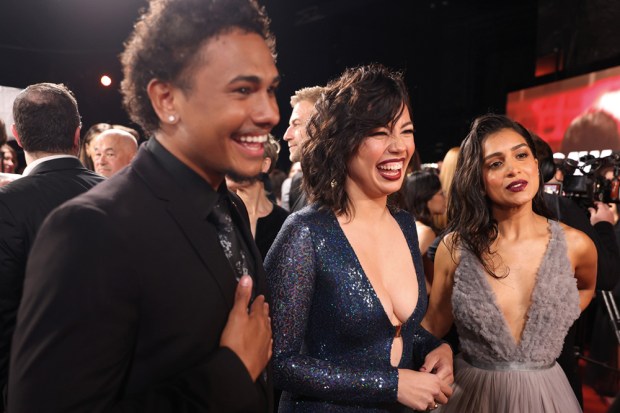
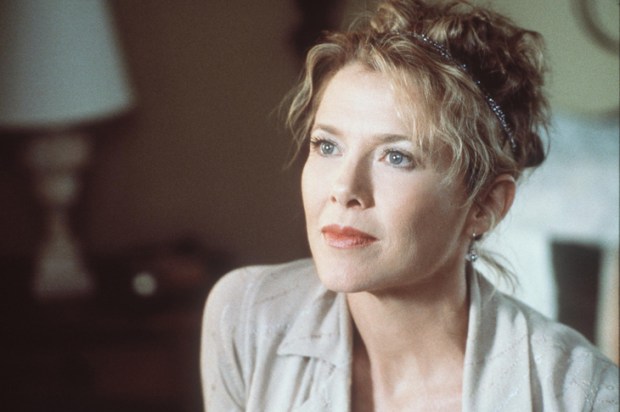
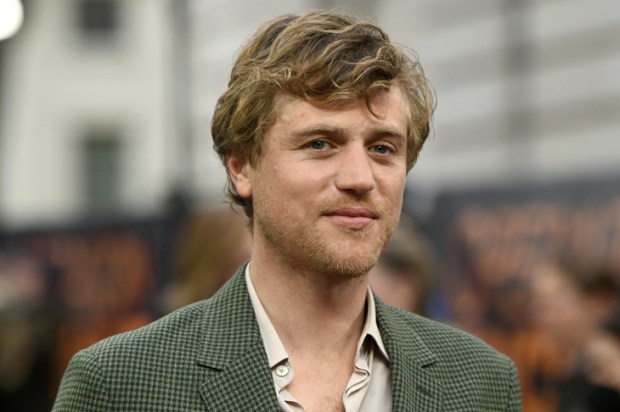
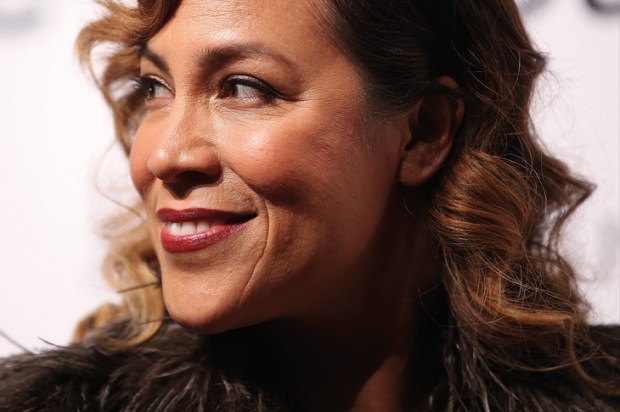






Comments
Don't miss out
Join the conversation with other Spectator Australia readers. Subscribe to leave a comment.
SUBSCRIBEAlready a subscriber? Log in